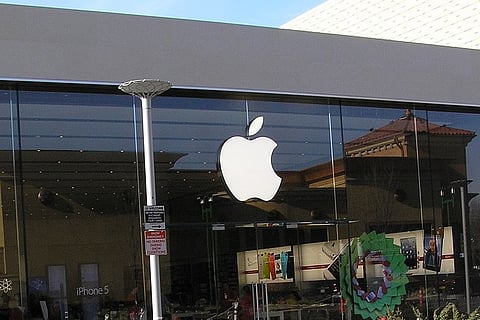

Apple is all in on AR, as it controls much of its own hardware and software. That’s why when it comes to having a competitive edge over the competition, Apple takes the cake. They have made significant investments over the last few years and launched new applications that can empower Apple developers. With ARKits being distributed and increased focus on technology care, Apple has made it more accessible to own an ARKit and develop on it.
Apple understands the importance of pleasing developers, as they are the lifeline of innovation in the space. With new apps coming out that are dominating the AR space, Apple wants to push things to the next level. It understands that there is currently a gap in the AR space with no single company being the leader. If it continues to make the push towards integrated tech, it has a better shot at becoming a key leader in the industry.
“The way that you get lots of great ideas is for us to do the heavy lifting of the complexity of locational things and software and put those in the operating system. And then you have all the developers that are able to put their energy into their passion,” Tim Cook, CEO Apple was quoted as saying.
Apple understands that the biggest thing that it has going for it is scale. No single company can compete with Apple when it comes to integrated competition. While Android may be a larger market, it needs to satisfy hardware requirements present by major manufacturers. This includes AR as well. We can expect to see a lot of focus on scale and developer-focused attention in the months to come. ARKit 2.0 is going to be a unique experience, as scale is a huge area of focus for them.
“I regard it as a big idea, like the smartphone. The smartphone is for everyone, we don't have to think the iPhone is about a certain demographic, or country or vertical market: it’s for everyone. I think AR is that big, it’s huge. I get excited because of the things that could be done that could improve a lot of lives. And be entertaining,” Tim Cook once told The Verge.
One of the biggest announcements that’s rumoured to be the next big platform-change is the ability to view dual iPhone experiences. This means that two people can view the same augmented reality data on two different phones. This opens a huge layer of interactivity and entertainment-related experiences. Because Apple’s philosophy is to make things better and not be first-mover in anything, they’re going to watch what Google is doing with its own AR content.
Apple can open up a lot of boundaries and even become an innovator in the space of AR if it starts to come out with consume-friendly integrations. That might be a huge reason to switch from Android to Apple, as many people did earlier with the phone having better cameras. Better cameras always mean better AR, and that’s where Apple can continue charging the premium that it does.
There is also an impressive amount of work being done in the vertical and irregular space detection area. When you’re using AR to give consumers incredible experiences, the consumer may not always point the camera at a steady frame. That’s where the AR software must be smart enough to capture enough raw data to provide better experiences. ARKit 2.0 will be focusing on enhancing the existing capturing and storing of that raw data.
There are many areas and domains of content generation from the ARKit 2.0, but one of the main focal points will be hardware. Giving developers what they want is easy. You just need to provide all the tools necessary for them to do their job well. The difficult part of the journey is to make compelling hardware that appeals to consumers. Consumer brands have often struggled with providing the best AR experiences owing to the fact that the glasses are often failures in the long-run. In order to have complete immersion into content, you need to have better graphics or better storytelling or engagement.
Immersion depends on what you can offer that makes it more compelling to view over reality. That’s the part that Apple is trying to figure out as well. They’re making a strong play for AR Glasses in the distant future and are probably going to announce more about it in the next conference.
AR is going to be a huge play when it comes to content, but hardware is where the real leaders will be born. At the end of the day, if Google comes out with better hardware, then they’re going to see more adoption across all existing platforms – phone, play store, payments, music, video content, news etc.